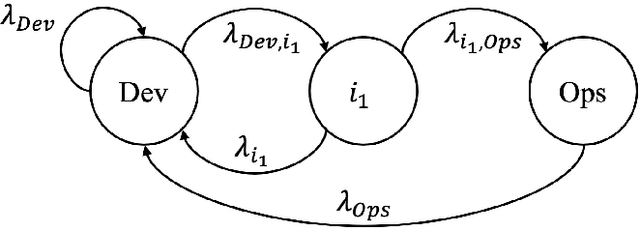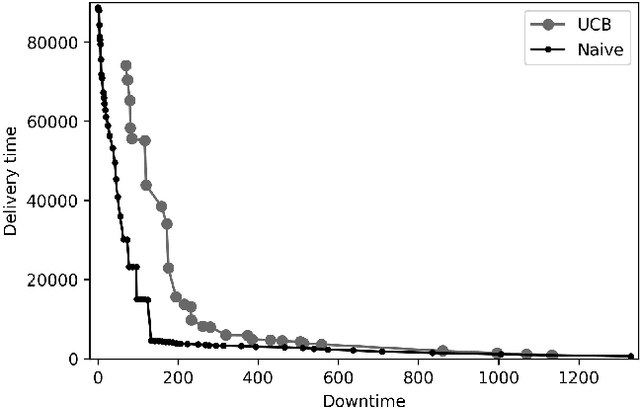Vidhyashree Nagaraju
Automating Staged Rollout with Reinforcement Learning
Apr 01, 2022

Abstract:Staged rollout is a strategy of incrementally releasing software updates to portions of the user population in order to accelerate defect discovery without incurring catastrophic outcomes such as system wide outages. Some past studies have examined how to quantify and automate staged rollout, but stop short of simultaneously considering multiple product or process metrics explicitly. This paper demonstrates the potential to automate staged rollout with multi-objective reinforcement learning in order to dynamically balance stakeholder needs such as time to deliver new features and downtime incurred by failures due to latent defects.
Fault location in High Voltage Multi-terminal dc Networks Using Ensemble Learning
Jan 20, 2022



Abstract:Precise location of faults for large distance power transmission networks is essential for faster repair and restoration process. High Voltage direct current (HVdc) networks using modular multi-level converter (MMC) technology has found its prominence for interconnected multi-terminal networks. This allows for large distance bulk power transmission at lower costs. However, they cope with the challenge of dc faults. Fast and efficient methods to isolate the network under dc faults have been widely studied and investigated. After successful isolation, it is essential to precisely locate the fault. The post-fault voltage and current signatures are a function of multiple factors and thus accurately locating faults on a multi-terminal network is challenging. In this paper, we discuss a novel data-driven ensemble learning based approach for accurate fault location. Here we utilize the eXtreme Gradient Boosting (XGB) method for accurate fault location. The sensitivity of the proposed algorithm to measurement noise, fault location, resistance and current limiting inductance are performed on a radial three-terminal MTdc network designed in Power System Computer Aided Design (PSCAD)/Electromagnetic Transients including dc (EMTdc).
 Add to Chrome
Add to Chrome Add to Firefox
Add to Firefox Add to Edge
Add to Edge